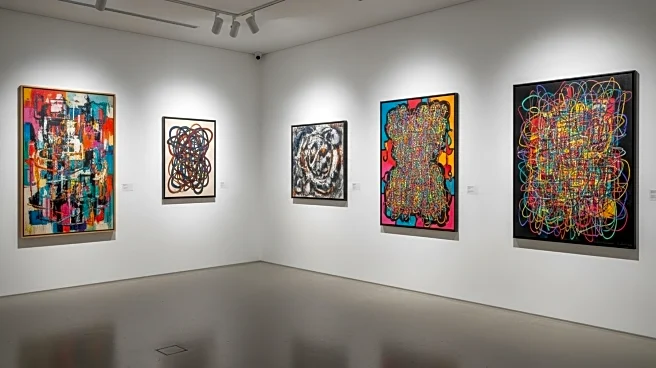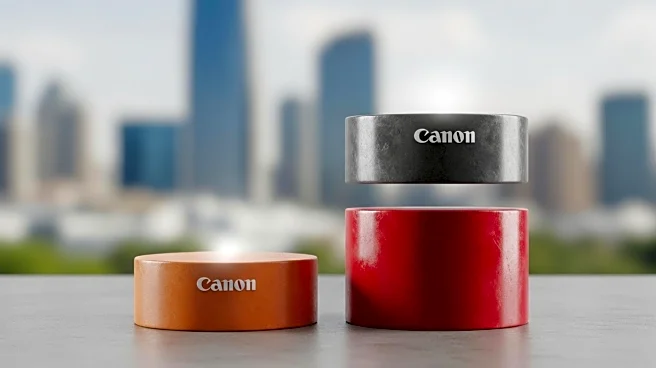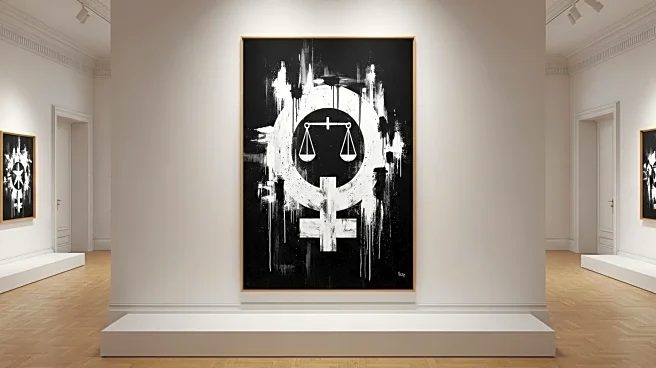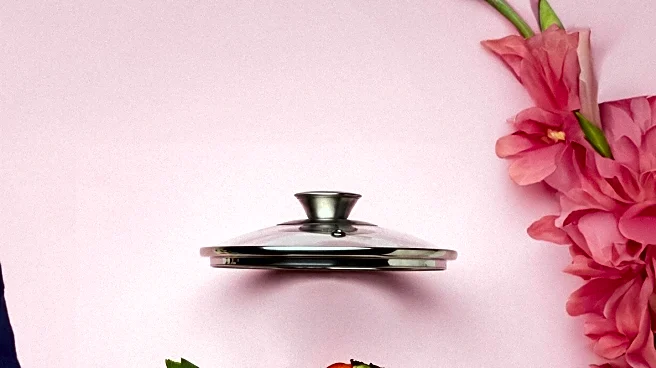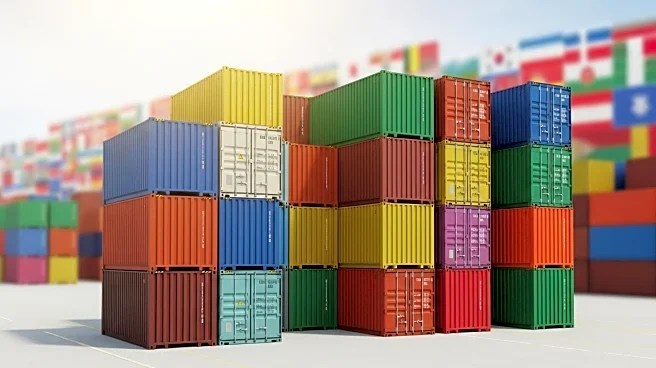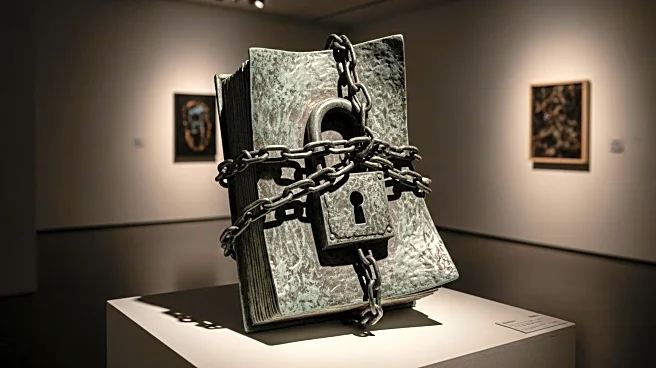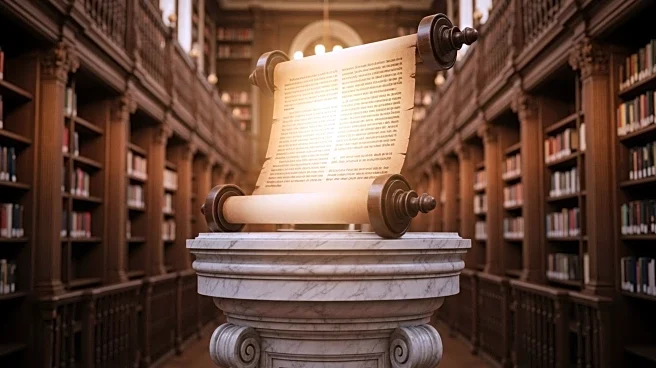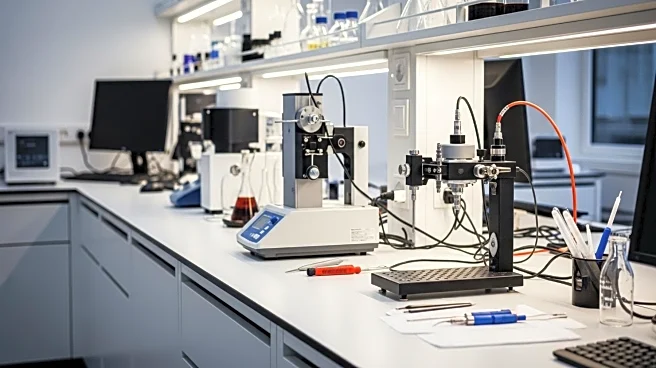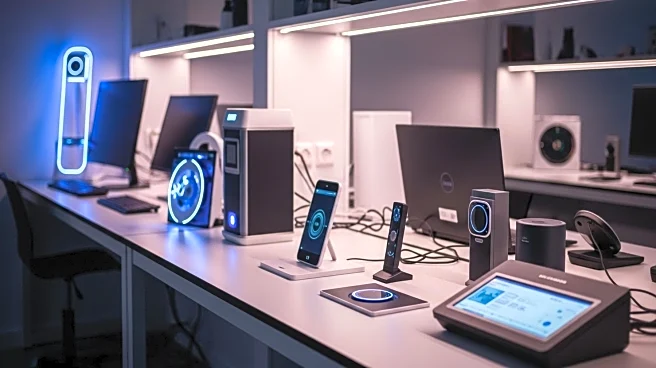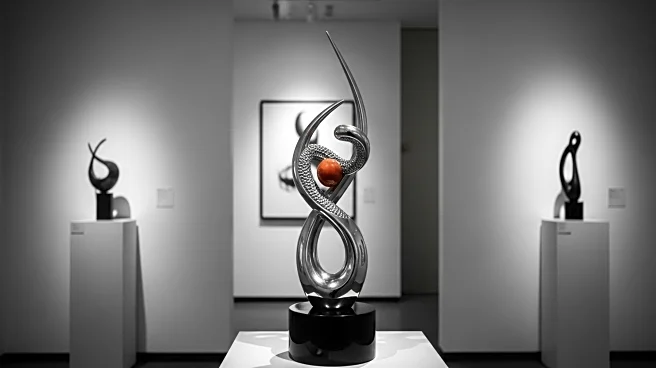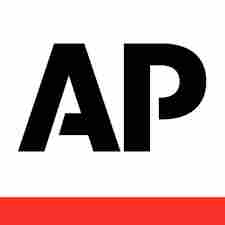What is the story about?
What's Happening?
A new exhibition titled 'Don’t Look Now' is being held in New York City by the non-profit organization Art At A Time Like This, focusing on censorship in the art world under President Trump's administration. The exhibition, running from October 10 to 25, features 24 contemporary artists whose works have faced censorship or blacklisting. Artists like Marilyn Minter, Shepard Fairey, and Dread Scott are included, highlighting the personal, professional, and political costs of their creative expression. The exhibition aims to elevate the voices of these artists and address the impact of censorship on their work. Barbara Pollack, co-founder of Art At A Time Like This, emphasizes the exhibition's focus on the artists' experiences and the broader implications of censorship in the current political climate.
Why It's Important?
The exhibition underscores the growing challenges faced by artists in expressing political and social themes in their work. Under President Trump's administration, there have been significant cuts to funding for cultural institutions like the National Endowment for the Arts and the National Endowment for the Humanities. This has led to increased self-censorship among museums and artists, impacting the diversity of voices and perspectives in the art world. The exhibition highlights the broader societal implications of censorship, including the suppression of discussions on women's rights, trans rights, and pro-Palestinian work. By bringing attention to these issues, the exhibition seeks to provoke dialogue and challenge the economic and political forces shaping art production and taste.
What's Next?
The exhibition may inspire further discussions and actions among artists, cultural institutions, and policymakers regarding the protection of free expression in the arts. As censorship continues to be a pressing issue, there may be increased advocacy for policy changes to support artistic freedom and diversity. The exhibition could also lead to collaborations among artists and organizations to resist censorship and promote creative expression. Additionally, the exhibition's focus on economic challenges in the art world may prompt discussions on funding priorities and the role of museums in fostering dialogue rather than merely serving as market validators.
Beyond the Headlines
The exhibition raises important questions about the role of art in society and the ethical responsibilities of cultural institutions. It challenges the notion of museums as mere market-driven entities and advocates for their role in provoking meaningful dialogue and addressing social issues. The exhibition also highlights the intersection of art and politics, emphasizing the need for artists to navigate complex political landscapes while maintaining their creative integrity. By showcasing censored works, the exhibition encourages viewers to consider the broader implications of censorship on cultural expression and the importance of protecting artistic freedom.
AI Generated Content
Do you find this article useful?
